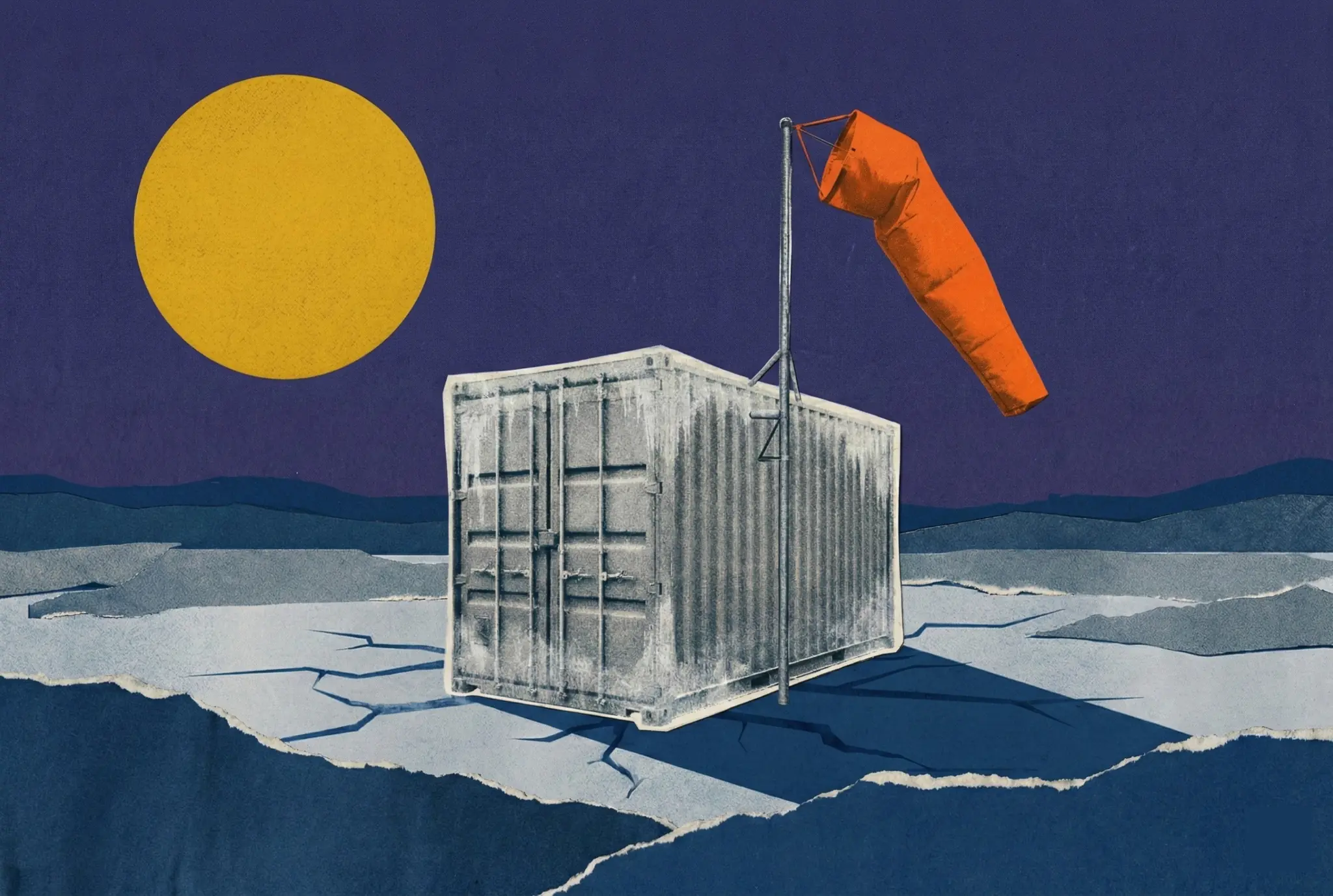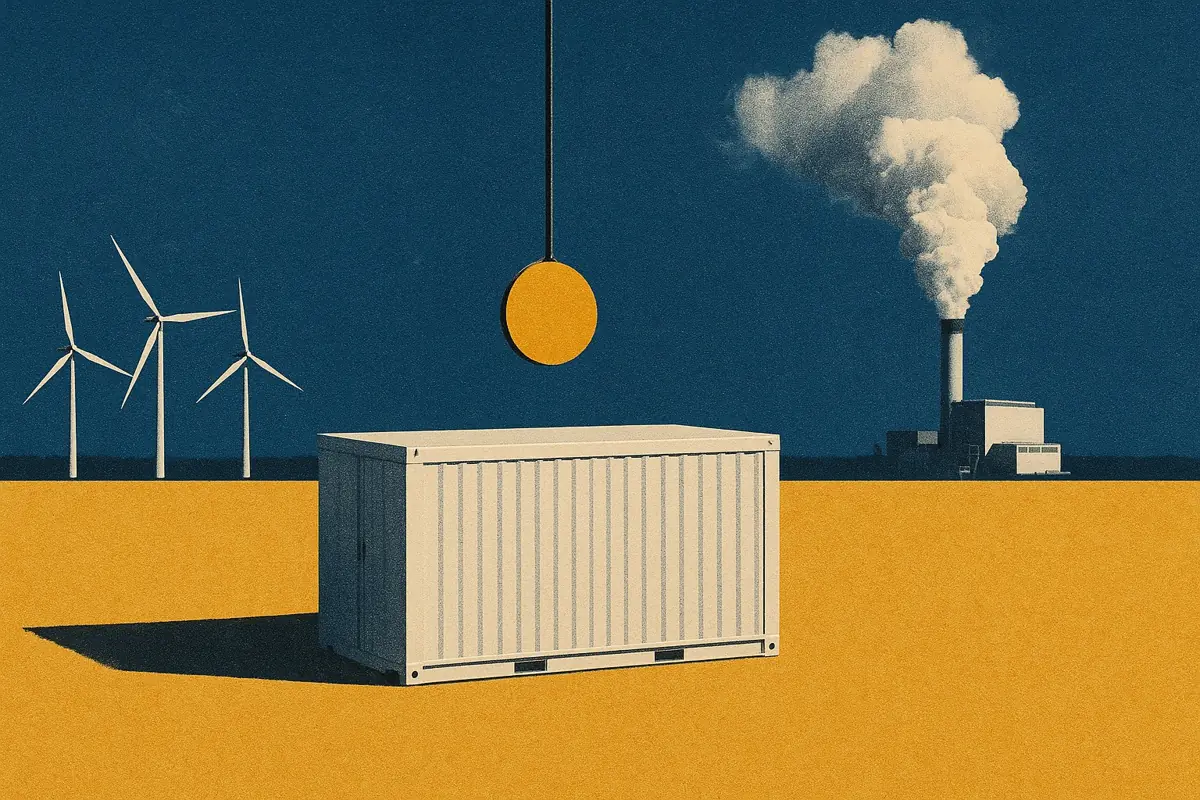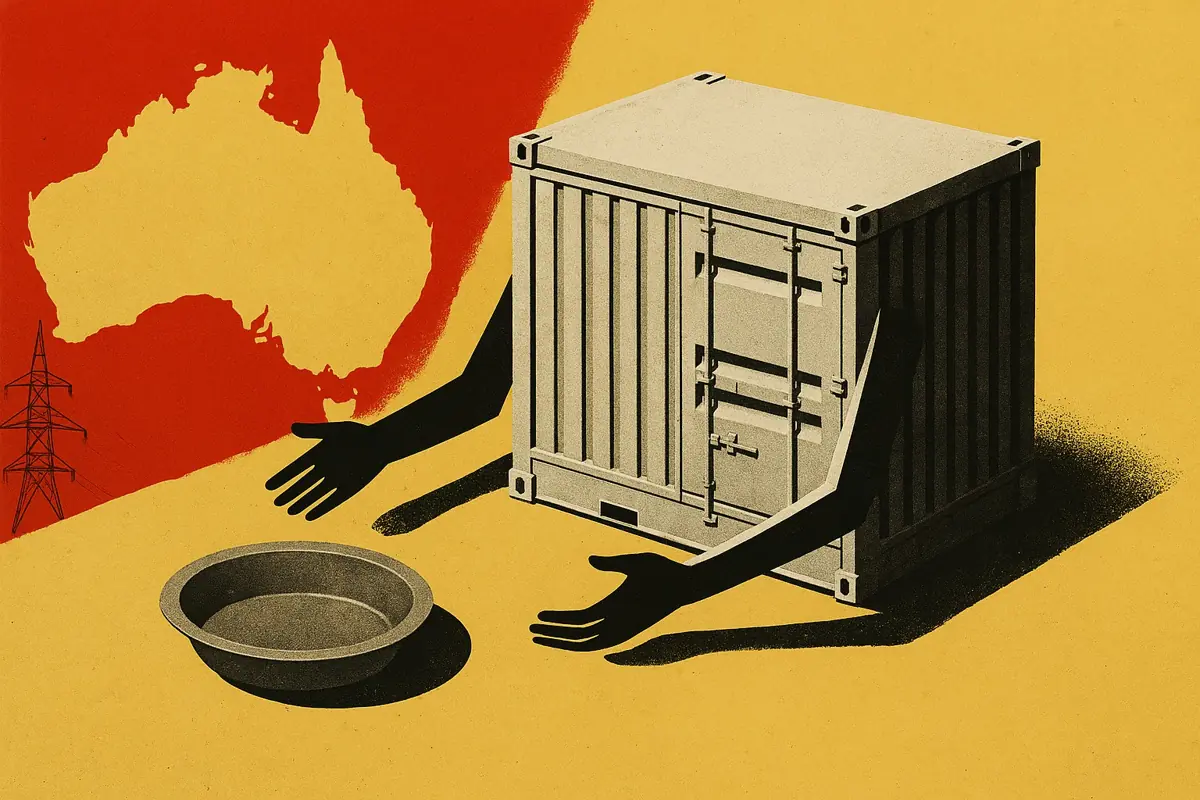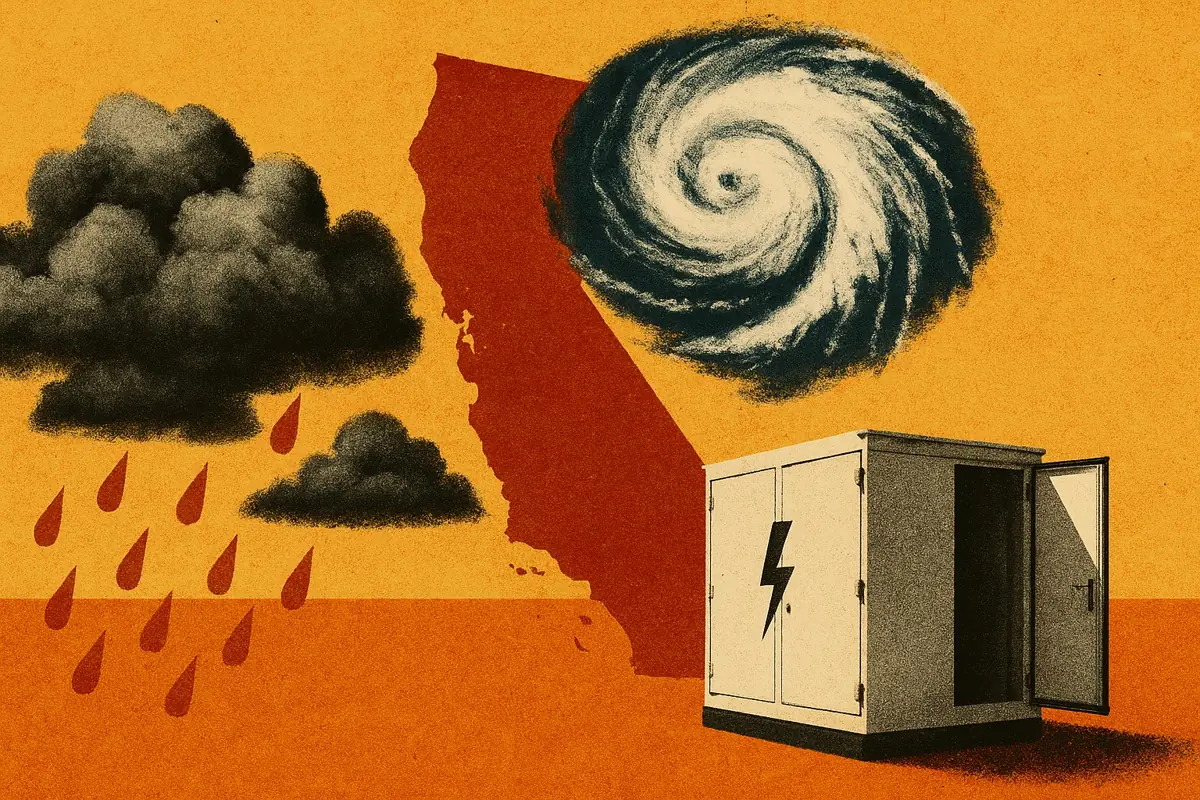Over 16 GW of new battery energy storage capacity is in the pipeline across the five regions of Australia’s National Electricity Market (NEM). This could see 150 new batteries being constructed, compared to just the 27 operating today. This would result in batteries right across the NEM - from Tasmania to North Queensland.
So where are new battery projects being developed in the NEM, and what are the trends across states?
Executive Summary
- Battery development in New South Wales is concentrated in Renewable Energy Zones (REZs), with 2.1 GW planned in the Hunter-Central Coast REZ to support the Eraring coal closure.
- Queensland’s pipeline includes 1.4 GW of batteries in North Queensland REZs, all co-located with renewables — expanding the NEM’s northern edge.
- Victoria’s battery buildout is centered around Melbourne and Geelong, where most state demand is located, with additional development in REZs like the South West.
- Battery siting reflects a mix of factors — including MLFs, grid access, land costs, and eligibility for government support through schemes like CIS and LTESA.
Explore the interactive map below to see where developers are building batteries in the NEM. Search for an individual asset, or toggle by expected year of commercial operations. This map was last updated on 2nd May 2025 with the latest Modo Energy pipeline update.
Locational trends differ by state
Below, we look at some of the trends within the three states with the largest battery pipelines: New South Wales (5.5 GW), Queensland (4.8 GW), and Victoria (3.9 GW).
Battery energy storage in New South Wales is mostly being developed within Renewable Energy Zones
In New South Wales, the majority of new battery energy storage capacity is located with Renewable Energy Zones (REZs) in the state.
Renewable Energy Zones are regions with high renewable generation potential where companies can build new generation projects. These need new transmission and/or local system support to function, and batteries can provide that support.







